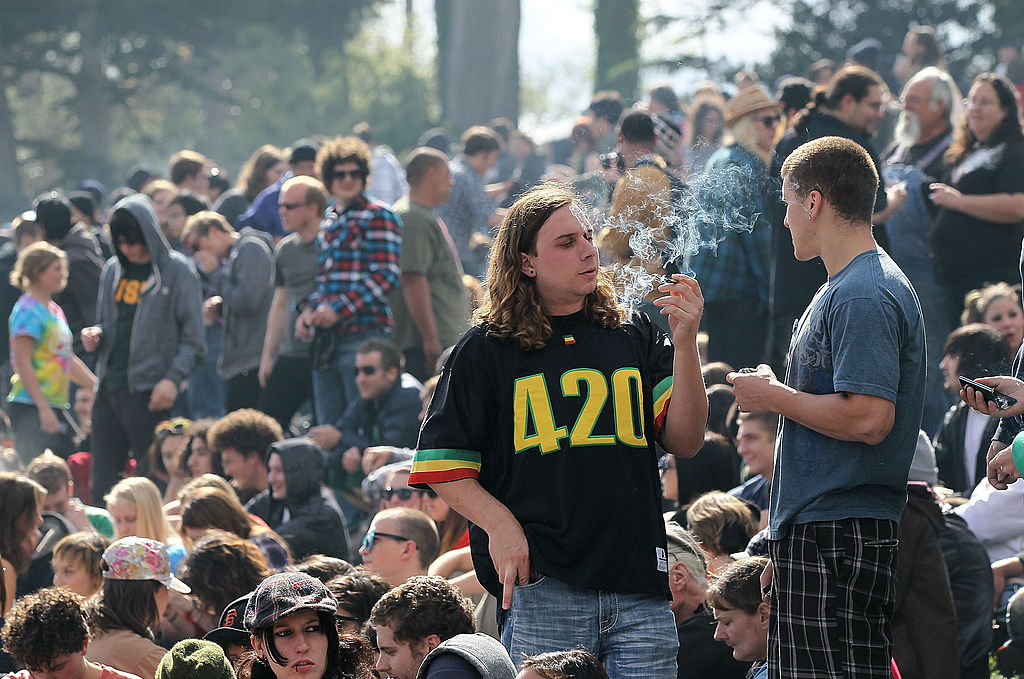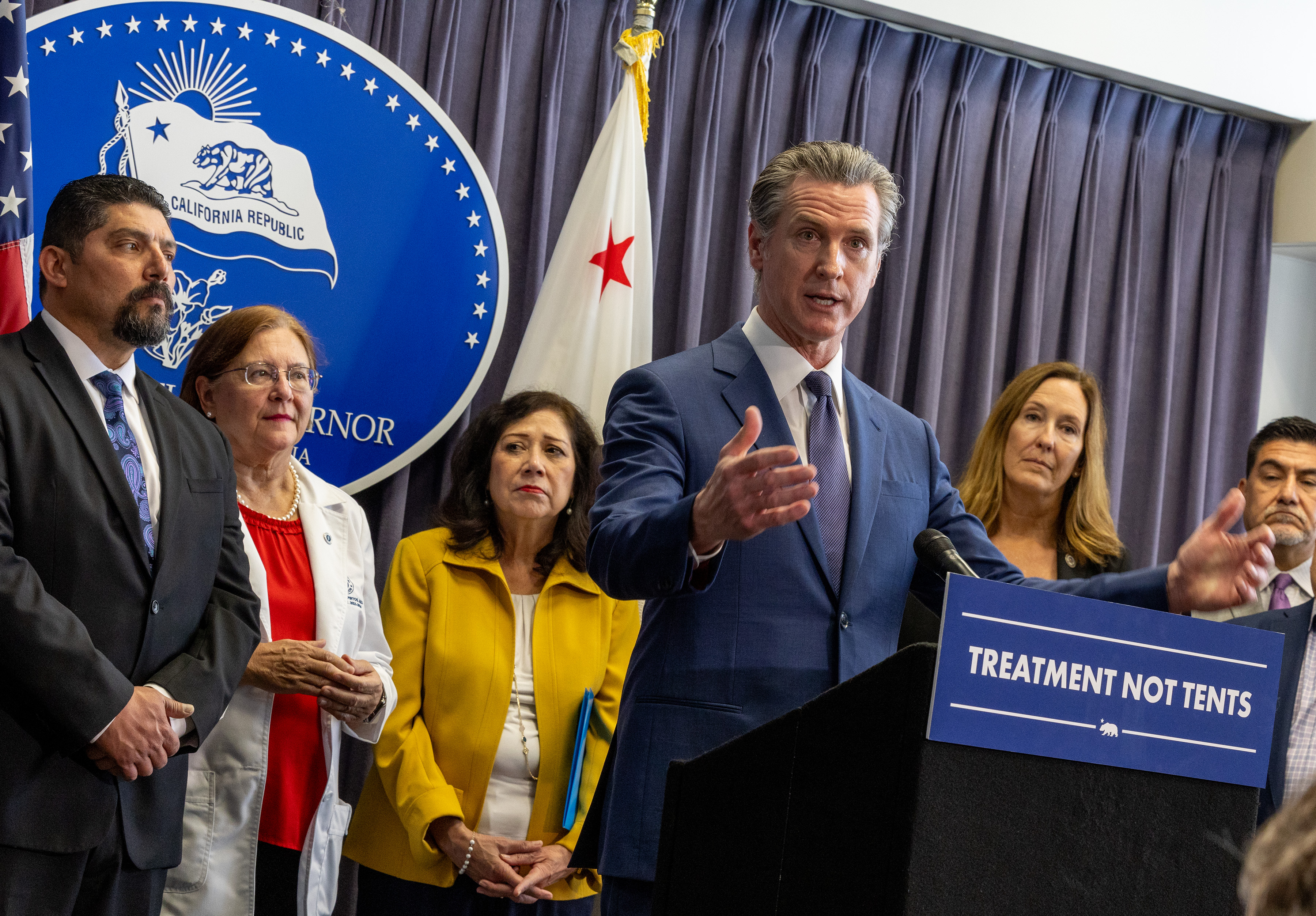California proposed Friday to allow corrections officials to choose one of four types of barbiturates to execute prisoners on death row depending on what's available, as states deal with a nationwide shortage of execution drugs.
The single drug would replace the series of three drugs that were last used when Clarence Ray Allen was executed in 2006, strapped to a gurney in what once was the gas chamber at San Quentin State Prison.
Eight states already have used a single anesthetic drug for executions, and five others have announced plans to switch to the method, according to the nonprofit Death Penalty Information Center.
"What it gets us closer to is litigation over the protocol," the center's executive director, Robert Dunham, said of the proposed regulations. "No matter what drug or drug combination California proposes, there are going to be substantial issues both as to the constitutionality of the drug and the availability of the drug."
Executions in California stalled in 2006 when a federal judge ordered an overhaul of the state's lethal injection procedures and said California could resume executions if it began using a single drug.
A Marin County judge invalidated the state's subsequent attempt at drafting regulations in 2011, saying the state failed to explain why it chose the three-drug process over the one-drug method.
That led Gov. Jerry Brown to say in 2012 that California would consider a single-drug lethal injection. However, the process lagged for three years in part because of a nationwide shortage of execution drugs, officials said.
Local
The process was jump-started this year after a judge sided with the Sacramento-based Criminal Justice Legal Foundation, which sued on behalf of relatives of murder victims who said they are affected by the long delay in executions. The Department of Corrections and Rehabilitation agreed to propose the new regulations to settle the lawsuit.
"I'm very pleased that we have started this ball rolling. Resumption of executions in California is at least a foreseeable possibility now," said Kent Scheidegger, the foundation's legal director.
The regulations would allow San Quentin's warden to choose amobarbital, pentobarbital, secobarbital or thiopental, taking into account which drug is available.
Scheidegger praised the state for allowing options but said at least two of the drugs bring practical difficulties.
Thiopental is not made in the U.S. and never went through the federal regulatory process. Pentobarbital's manufacturer bans its use for lethal injections. However, Texas has been using pentobarbital acquired from compounding pharmacies.
Using a single lethal dose of barbiturates appears to sidestep legal problems that followed botched executions in other states that used multi-drug methods including the alternative sedative midazolam. The U.S. Supreme Court narrowly upheld the use of midazolam in a June ruling.
Publication of the proposed California regulations triggers a 62-day public comment period capped by a public hearing on Jan. 22. Even inmates, including the 747 awaiting execution on death row, can comment. There were more than 29,400 written comments the last time the department tried to adopt such regulations.
California is moving ahead even as the 9th U.S. Circuit Court of Appeals considers whether to overturn a ruling by a federal judge in Los Angeles County saying the state's death penalty takes so long to carry out that it has become arbitrary and unfair.
A week ago, prosecutors, police officers and survivors began a campaign backing a proposed ballot initiative that would speed up executions. It might compete with a second proposed ballot initiative to abolish capital punishment.
Voters in 2012 backed the death penalty by a vote of 52 percent to 48 percent.



